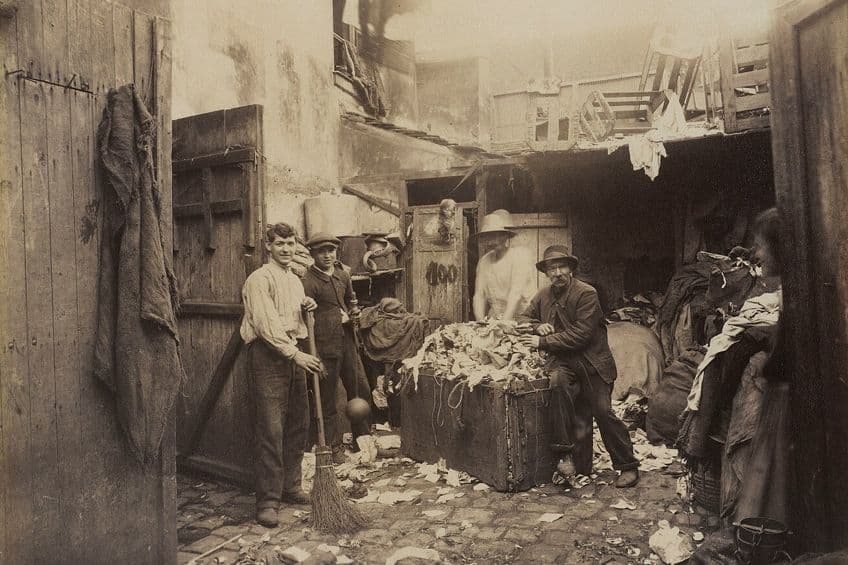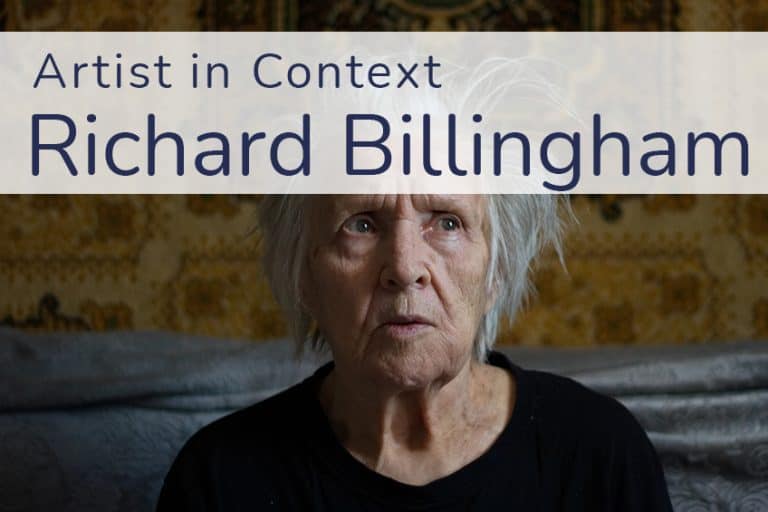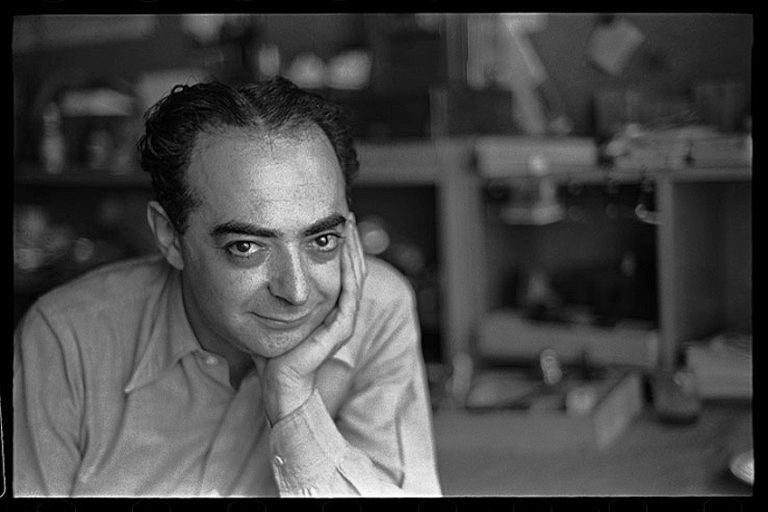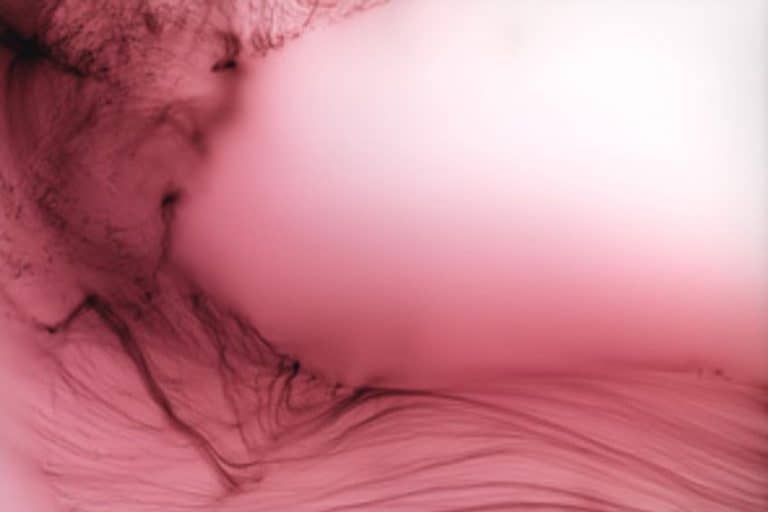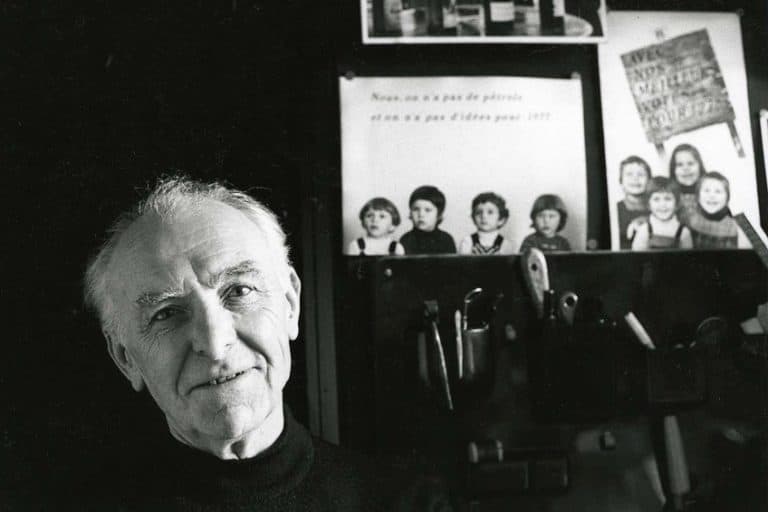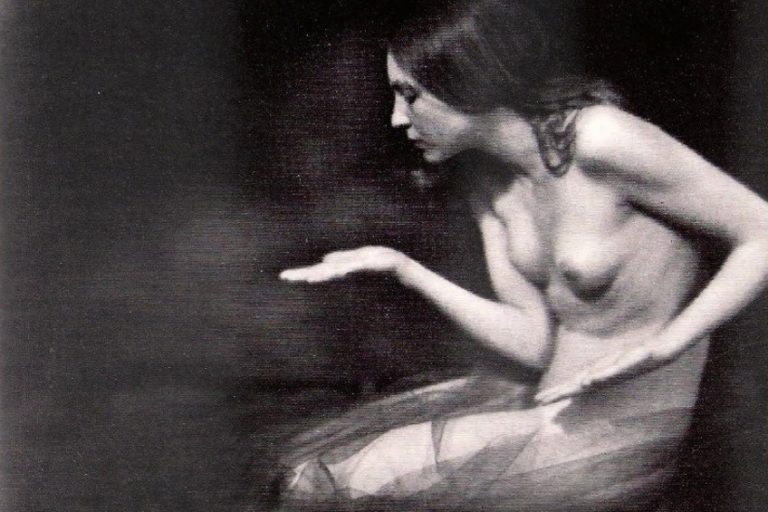Eugène Atget – Early 20th Century Paris Through the Lens
Eugène Atget, a pioneering figure in the history of photography, is celebrated for his evocative images of old Paris. Born in 1857, Atget’s work captures the essence of a bygone era, meticulously documenting the city’s streets, architecture, and everyday life. His photographs, characterized by their rich detail and atmospheric quality, provide a unique glimpse into Parisian history and culture during the late 19th and early 20th centuries. Atget’s commitment to preserving the past through his lens has earned him recognition as one of the most influential photographers of his time, influencing generations of artists and photographers to come.
Key Takeaways
- Atget created a comprehensive visual record of Paris during its transition into modernity.
- His work is characterized by a meticulous approach and has historical and aesthetic significance.
- Atget’s legacy continues to influence the arts and shape the modern understanding of Parisian culture.
Early Life and Career
| Birth | February 12, 1857 |
| Death | August 4, 1927 |
| Place of Birth | Libourne, France |
| Genre of Work | Photography and documentary photography |
Eugène Atget was a French photographer renowned for his comprehensive documentation of Paris during a time of significant transformation. Born in 1857 in Libourne, Atget initially pursued careers in acting and painting before turning to photography in the late 1880s. In the twilight of the 19th century and into the early 20th century, Atget dedicated his work to capturing the architectural marvels, picturesque streetscapes, and various elements of urban life in Paris. His approach noticeably shifted from supplying artists with pictorial backgrounds to a methodic recording of the city’s environs, aimed at preserving the disappearing vestiges of old Paris against the tide of modernization.

Using a large format camera, Atget created a vast archive of over 8,000 photographs, which not only provided visual resources for artists, architects, and historians but also became esteemed for their intrinsic artistic quality. His attention to detail and the straightforward, unembellished style emerged as a significant contribution to the artistic and documentary value of photography. While he was relatively unrecognized during his lifetime, Atget’s work became influential after his death in 1927, shaping the pathways for various movements and establishing his legacy in the history of photography as well as in the modern perception of Paris.
The Making of an Artist
Originally, Atget pursued acting, studying at the Conservatoire Libre du Cinéma Français.
Despite his initial career path, Atget’s destiny lay with the camera rather than the stage.
Childhood and Education
Atget was born on February 12, 1857, in Libourne. Orphaned at a young age, he was brought up by his uncle. His formal education is not well-documented, but he later moved to Paris, where he dabbled in acting before fully committing to photography.

Transition to Photography
In the late 1880s, after his acting career waned, Atget picked up photography. By 1890, he began to document the architectural and cultural landscape of Paris.
He was successful in branding himself as a provider of ‘Documents for artists.’
Mature Period
Atget’s mature period showcased a steadfast commitment to capturing the old Paris, offering a perspective on the empirical beauty of art and architecture through thousands of photographs that he took during the late 19th and early 20th centuries.

Later Period
In his later years, Atget continued to photograph Paris with zeal. Following the death of Valentine, his companion, in 1926, his health declined, leading to his passing on August 4, 1927.
He left behind a comprehensive visual compendium of Parisian culture.
Photographic Works and Techniques
Eugène Atget’s contribution to photography lies in his systematic documentation of Parisian life and architecture using distinct techniques and materials, captured primarily using a large format view camera.

Vieux Paris and Streetscapes
Atget is widely recognized for his extensive series titled Vieux Paris, focusing on the architecture and streets of Paris. He began shooting Paris in 1898 and aimed to capture the essence of the rapidly changing city. His collection includes over 2,000 photographs that served as an invaluable record of historic Paris.
These images not only preserved views of streets and buildings but also reflected the transient nature of the urban landscape on the brink of modernization.
Petits Métiers: Cataloging Urban Life
Beyond the grandeur of Parisian buildings, Atget was fascinated with the “petits métiers,” the small trades and vendors that characterized the bustling city life. He meticulously cataloged this aspect of urban culture through his photographs, highlighting the human element within the cityscape. This aspect of his work provides a detailed look at the occupations and daily routines that animated the streets of Paris during the late 19th and early 20th centuries.

Technique and Materials
Atget utilized a large format view camera, which allowed him to meticulously compose his shots and capture the fine detail of his subjects. This choice of camera was central to his ability to document the city with precision and clarity. The materials used by Atget included:
- Negatives: He typically used glass plate negatives that offered high resolution and fine tonal range.
- Prints: The prints were mainly albumen prints, a prevalent photographic process of his era that involved coating paper with an albumen (egg white) solution mixed with salt and sensitized with silver nitrate.
- Archives: After Atget’s death, nearly 1,300 negatives and around 5,000 vintage prints were purchased by Berenice Abbott, who later worked to promote Atget’s work and ensure its preservation.
Atget’s dedication to documenting Paris with clarity and attention to detail makes his archives a rich repository for both the art of photography and the historical study of urban life.
His technique underscored his role as a pioneer in documentary photography, with his works serving as a bridge between the tangible past and present understanding of Parisian heritage.
Atget and Parisian Modernization
Eugène Atget’s work offers a profound visual study of Parisian life and the shifts in French civilization provoked by modernization at the turn of the 20th century. His photographs reflect a city caught between historical reverence and the rapid progression of urban development.

Capturing a Transforming City
Paris, under the influence of figures like Baron Georges-Eugène Haussmann, underwent significant transformations as old architectures gave way to new boulevards and structures that epitomized modern French ideals. Atget meticulously documented these changes. His work serves as a crucial visual chronicle of Paris during a dynamic period of its evolution from the late 19th century through World War I.
He focused on the details of the city landscape—from the small trades to the grand buildings that were disappearing or changing beyond recognition.
Photographs as Historical Records
Atget’s photographs, with their emphasis on architecture and urban scenes, became valuable historical documents. They depicted a Paris not long after the French Revolution as it grappled with the remnants of its medieval past and its new identity forged through modernization. Atget’s attention to detail preserved the essence of Parisian locales right before they were altered by the industrial age or destroyed during World War I. His work highlighted the costs of modern progress on the city’s character and offered a critical look at the impact of architectural and social change.

Influences and Legacy
Eugène Atget’s work significantly impacted modern photography and documented an era of Paris now lost. His photographs became crucial references for artists, historians, and conservators.
He was responsible for influencing several prominent figures and securing his place in major art institutions worldwide.
Atget’s Influence on Modern Photography
Eugène Atget greatly influenced the development of documentary photography, providing a window into Parisian life of the late 19th and early 20th centuries. His work has been acknowledged as an inspiration by key figures such as Berenice Abbott, who played a pivotal role in preserving and promoting Atget’s photographs. Additionally, artists like Man Ray and Walker Evans were influenced by Atget’s unique perspective, which intertwined with their own aesthetics, contributing to movements such as American documentary photography and even Surrealism.

Preservation of Atget’s Works
Atget’s oeuvre found a permanent home in several prestigious institutions, thanks to efforts by individuals like Abbott and organizations that recognized his historical importance. The Museum of Modern Art (MoMA) and Bibliothèque Historique De La Ville De Paris hold substantial collections of his work.
Furthermore, the Musée Carnavalet dedicated to the history of Paris, houses numerous Atget photographs that capture the transformation of the city through his lens.
Accomplishments
Atget ambitiously aimed to record all of Paris before modern changes altered its landscape. His photographic collection offered a comprehensive look at diverse subjects including the streets, architecture, and inhabitants of Paris. Posthumously, Atget’s work has been featured in major exhibitions and forms a part of collections at the Metropolitan Museum of Art and the National Gallery of Art, among others.

Beyond Photography
The influence of Atget’s photography extended beyond the realm of photography itself, affecting other art forms. Notably, French painter Maurice Utrillo was known to have used Atget’s photographs as references for his own work.
In doing so, he was responsible for weaving Atget’s vision of Paris into the broader tapestry of visual arts.
Legacy of Eugène Atget
His legacy persisted through documentation and conservation by prominent figures and institutions. Today, Atget’s work is not only an important cultural artifact but also a source of inspiration for photographers, artists, and historians who seek to understand the evolution of the urban landscape and the essence of Parisian life at the turn of the century. His enduring influence can be seen as part of an ongoing dialogue between past and present in the world of art.
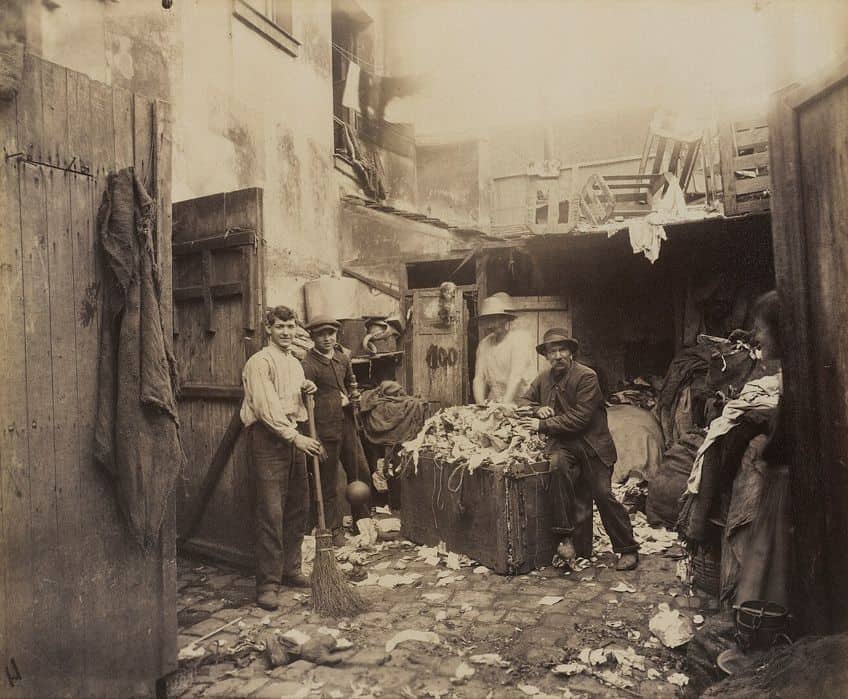
Eugène Atget’s legacy endures as a testament to the power of photography in capturing the spirit of a place and time. His masterful compositions and dedication to documenting the vanishing landscapes of old Paris have left an indelible mark on the art world. Atget’s work continues to inspire contemporary photographers and artists, serving as a bridge between the past and the present. Through his lens, he not only preserved historical moments but also created a visual archive that invites viewers to immerse themselves in the rich tapestry of Parisian life. As we reflect on Atget’s contributions, we are reminded of the enduring value of art in preserving and celebrating the beauty of our collective heritage.
Frequently Asked Questions
Which Techniques and Themes Are Most Characteristic of Eugène Atget’s Photography?
Atget’s photography is distinguished by its dedication to detail, composition, and straightforward representation. His images often evoke a sense of nostalgia, emphasizing the Parisian architecture, streets, and various social milieus on the cusp of modernity. He favored natural light and used large-format cameras that contributed to the sharpness and high resolution characteristic of his work.
How Did Eugène Atget Influence Later Photographers and Movements?
Atget’s influence extends to the realms of surrealism and modern urban photography. His honest depiction of Parisian life and focus on the transformation of the city provided a template for street photographers and documentary tradition. His work has been appreciated for its artistic integrity and served as an inspiration to notable photographers like Berenice Abbott and the surrealists, who saw in his work a precursor to their own explorations of the urban landscape.
What Subjects Did Eugène Atget Predominantly Capture in His Photographs?
Atget predominantly captured the urban landscape of Paris, its environs, and the various echelons of Parisian society. From the historic districts facing demolition to the peculiar petite métiers of the city, he covered a broad spectrum of scenes. His collection is a vast historical record, showing everything from small shops and interiors to grand buildings and gardens.
What Role Did Eugène Atget Play in the Context of Fine Art Photography?
Atget’s role in the context of fine art photography was largely acknowledged posthumously. While his initial intention was to create practical resources for artists—a Documents for artists —his oeuvre has been recognized for its intrinsic artistic value. He elevated documentary photography to the level of fine art by his masterful approach to framing, attention to detail, and the evocative nature of his images.
Isabella studied at the University of Cape Town in South Africa and graduated with a Bachelor of Arts majoring in English Literature & Language and Psychology. Throughout her undergraduate years, she took Art History as an additional subject and absolutely loved it. Building on from her art history knowledge that began in high school, art has always been a particular area of fascination for her. From learning about artworks previously unknown to her, or sharpening her existing understanding of specific works, the ability to continue learning within this interesting sphere excites her greatly.
Her focal points of interest in art history encompass profiling specific artists and art movements, as it is these areas where she is able to really dig deep into the rich narrative of the art world. Additionally, she particularly enjoys exploring the different artistic styles of the 20th century, as well as the important impact that female artists have had on the development of art history.
Learn more about Isabella Meyer and the Art in Context Team.
Cite this Article
Isabella, Meyer, “Eugène Atget – Early 20th Century Paris Through the Lens.” Art in Context. April 29, 2024. URL: https://artincontext.org/eugene-atget/
Meyer, I. (2024, 29 April). Eugène Atget – Early 20th Century Paris Through the Lens. Art in Context. https://artincontext.org/eugene-atget/
Meyer, Isabella. “Eugène Atget – Early 20th Century Paris Through the Lens.” Art in Context, April 29, 2024. https://artincontext.org/eugene-atget/.


